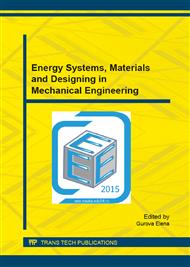p.524
p.529
p.536
p.542
p.546
p.553
p.559
p.568
p.572
Mechanical Oscillations Simulation of an Adaptive Flexible Mirror
Abstract:
The whole model of adaptive optics system of energy and information transfer should include a model of an active element [1] construction of which is defined by parameters of the system and beam control algorithm. In the algorithm of full-field phase conjugation a nonlinear crystal or two flexible mirrors with a layer of free space between them are usually employed [2, 3], while a system of phase conjugation requires a flexible mirror as an active element [4]. In the paper the model of a flexible mirror is considered which takes into account dynamic oscillation of reflecting surface.
Info:
Periodical:
Pages:
546-550
Citation:
Online since:
September 2015
Authors:
Price:
Сopyright:
© 2015 Trans Tech Publications Ltd. All Rights Reserved
Share:
Citation:


